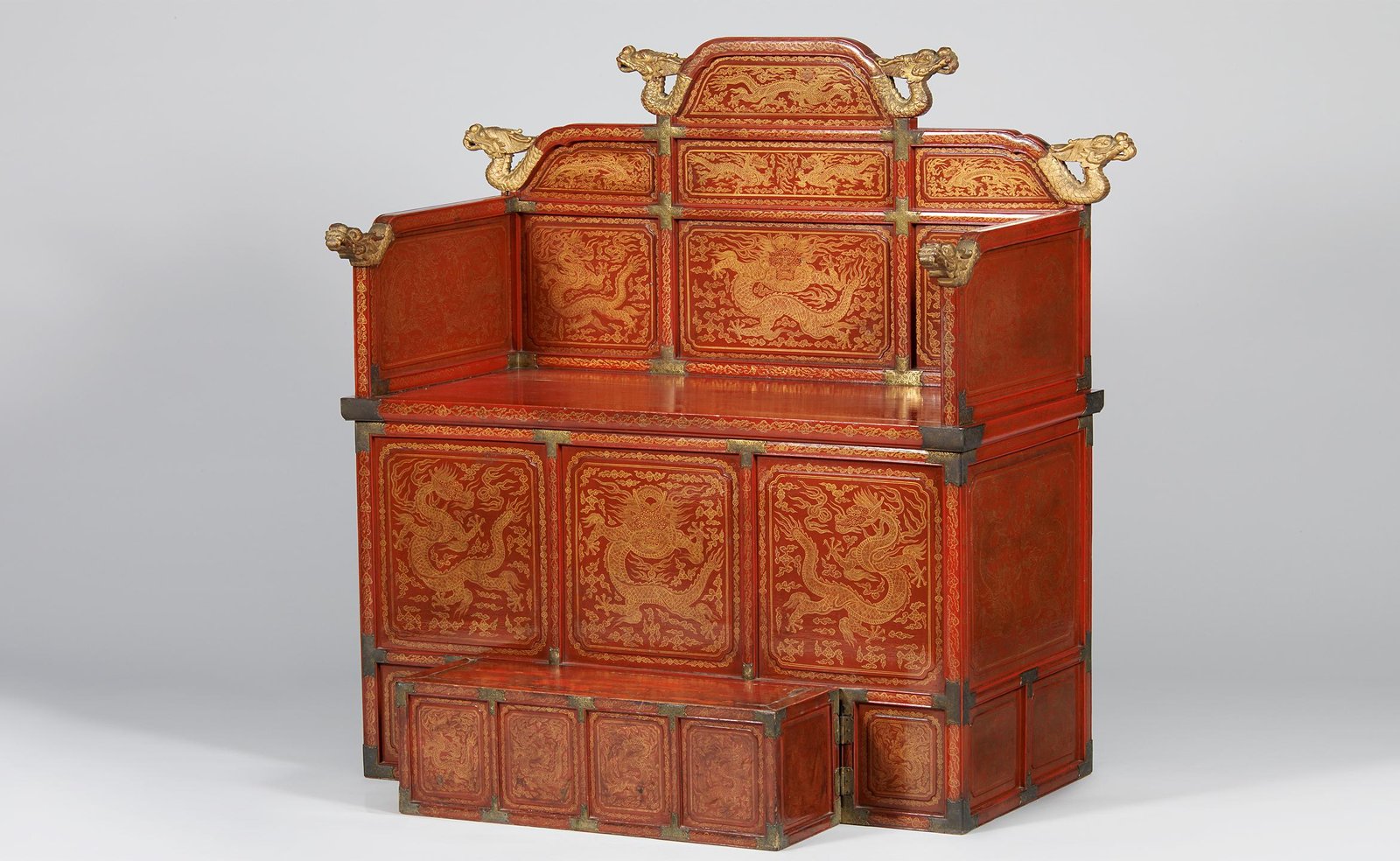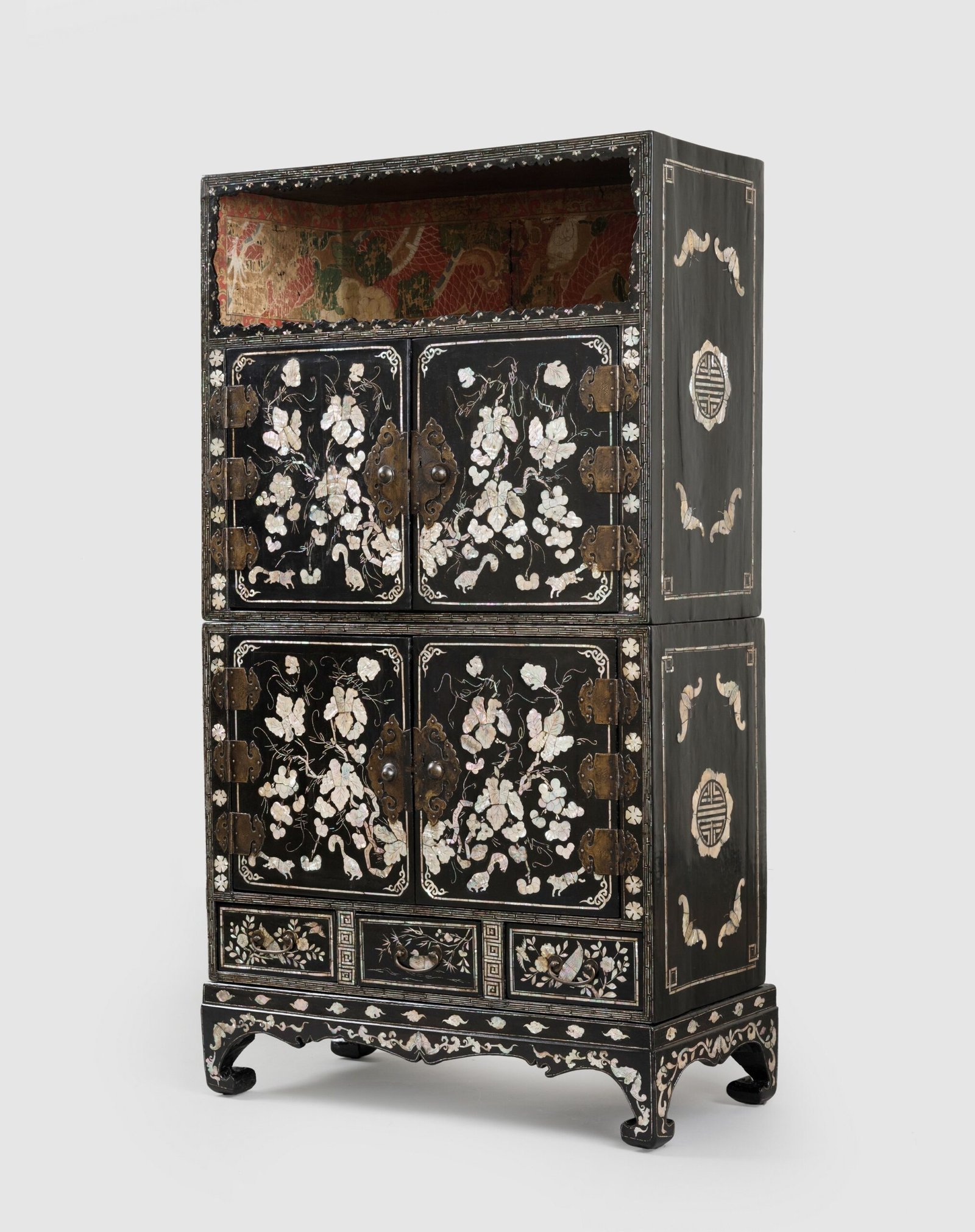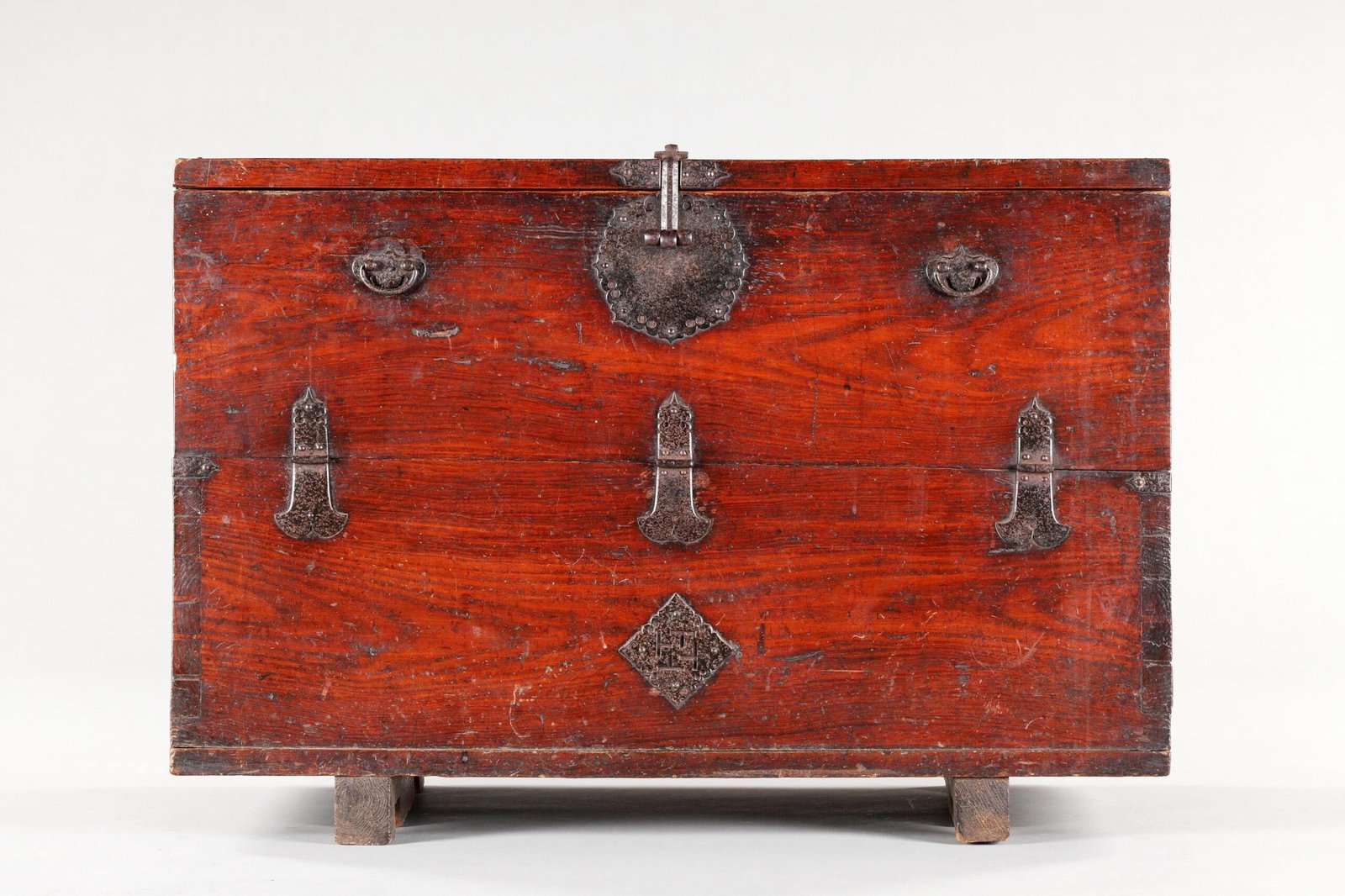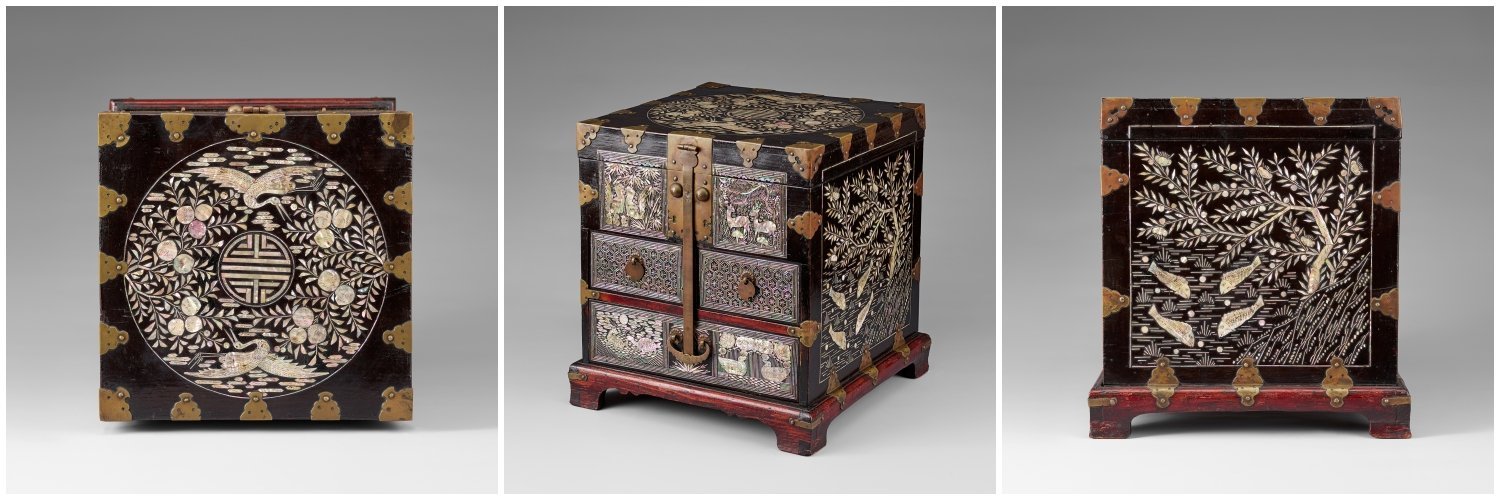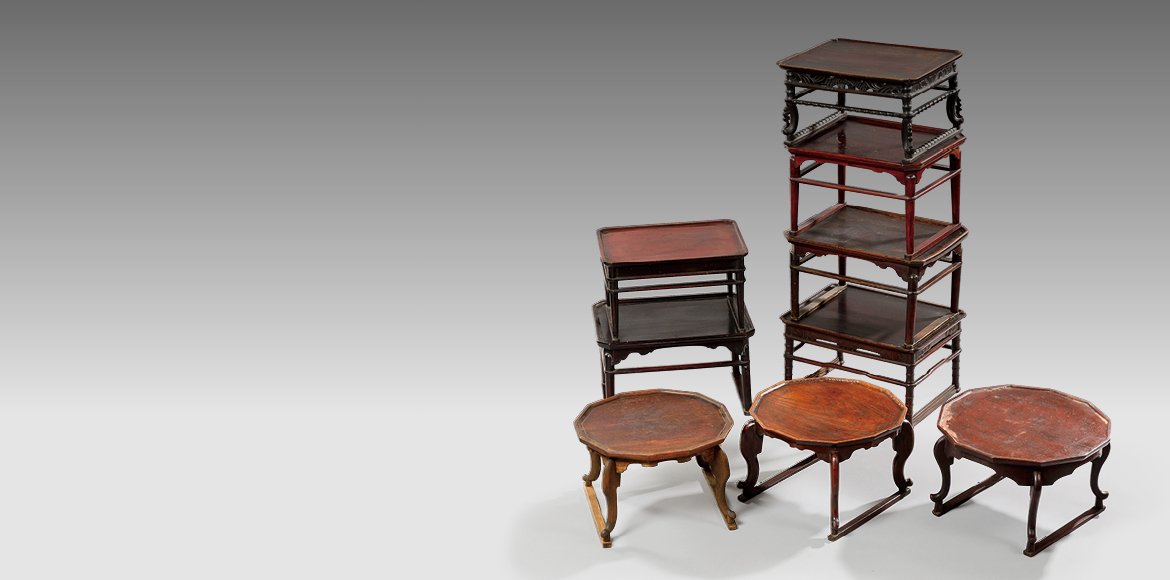The furniture illustrations in this chapter come from the collections of selected Korean museums. Most of the pieces date from the late Joseon dynasty, specifically from the late 18th and 19th centuries. The study is relatively complex, given the limited amount of information available on the subject. Our deductions are based on the analysis of […]
